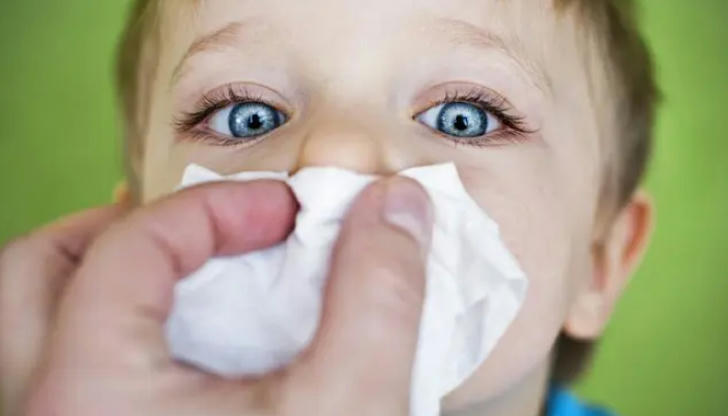Flu vs. Cold: How to Tell the Difference
In the midst of flu season, it's easy to confuse the flu with the common cold. Both are viral infections that can make you feel miserable, but knowing which one you have can make a big difference in how you treat it and prevent its spread. This article breaks down the key differences, helping you decide when to rest, see a doctor, or stay home.

What is the Flu?
The flu (influenza) is a highly contagious viral infection affecting the respiratory system. Caused by influenza viruses, it can lead to severe complications like pneumonia, hospitalization, or even death—especially in vulnerable groups (e.g., young children, elderly, or those with chronic conditions).

What is a Cold?
The common cold is caused by viruses like rhinoviruses or coronaviruses. It’s milder than the flu, rarely causes complications, and most people recover within a few days to a week.

Key Differences Between the Flu and a Cold
| Symptom | Flu | Cold |
|---|---|---|
| Fever | High (100°F–104°F), sudden onset | Rare, low-grade (99°F–100°F) |
| Cough | Dry, persistent | Mild, may be productive |
| Headache | Common and severe | Rare and mild |
| Body Aches | Severe (back/legs) | Mild or absent |
| Fatigue | Severe, lasts 2+ weeks | Mild, lasts a few days |
| Runny/Stuffy Nose | Less common | Common, often blocked |
| Sore Throat | Less common | Common and more pronounced |
| Onset | Sudden ("hit by a truck") | Gradual and mild |
When Should You See a Doctor?
Most flu and cold cases can be managed at home, but seek medical help if you experience:
- Difficulty breathing or chest pain
- Persistent dizziness or confusion
- Symptoms that improve then worsen
- High-risk groups (e.g., elderly, pregnant, chronic conditions)

Preventing the Flu and Colds
- Get vaccinated: Annual flu vaccine is the best defense.
- Wash hands: Use soap and water frequently.
- Cover coughs/sneezes: Use your elbow, not hands.
- Avoid sick contacts: Stay away from infected individuals.
How to Treat the Flu and Colds at Home
- For the flu: Rest, hydrate, use antiviral meds (e.g., Tamiflu) if prescribed.
- For a cold: Rest, hydrate, use saline nasal spray, and OTC meds for symptoms.
When to Return to Work or School
Stay home until 24 hours after fever subsides without medication to prevent spreading the illness.

Conclusion
Understanding flu vs. cold differences helps you act wisely. While both are unpleasant, the flu can be severe. Follow prevention tips, treat symptoms, and consult a doctor when needed to recover faster and protect others.
